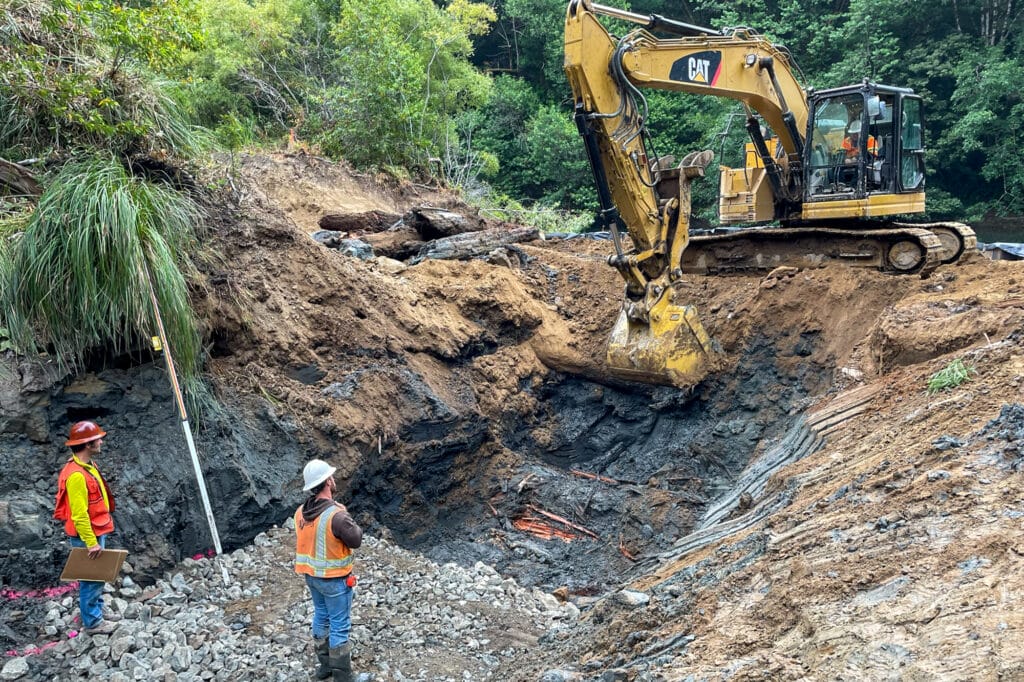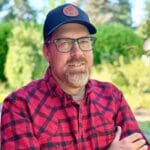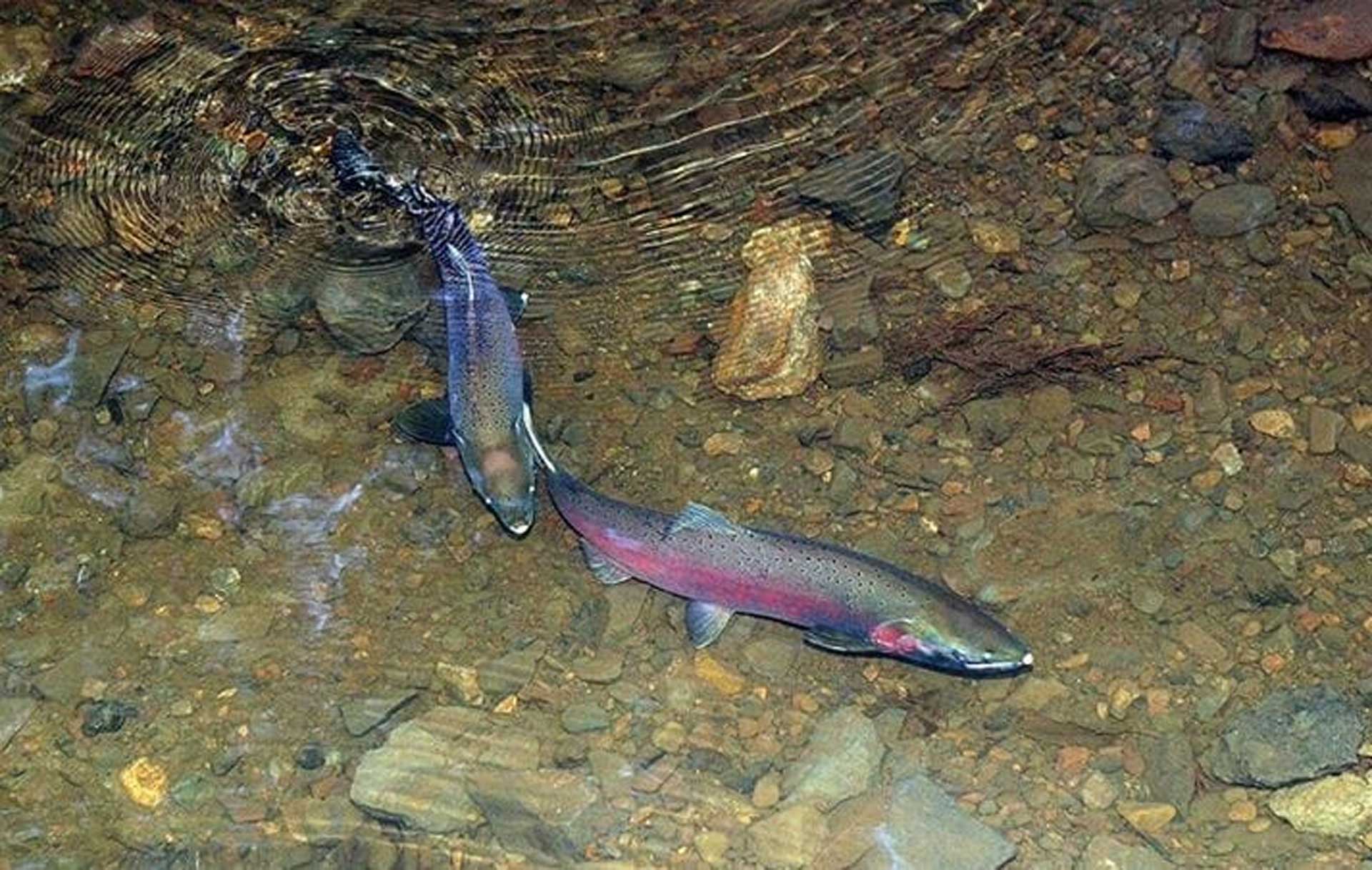NOAA habitat restoration investments are boosting salmon numbers and creating jobs in coastal communities
Our ongoing Faces of Restoration series has been a great opportunity to highlight the exceptional contractors and partners who help make TU’s habitat restoration and reconnection projects possible.
Usually, these stories focus on a single company or person. This week we’re celebrating a regional community of foresters, contractors and other local businesses working alongside Trout Unlimited and The Nature Conservancy to restore habitat for endangered coho salmon and steelhead in the rivers and streams of California’s North Coast.
In Mendocino, endangered Central California Coast (CCC) coho salmon recently posted their best run counts in years. Good ocean conditions and adequate flows have been important pieces of the puzzle contributing to improving salmon returns, but CCC coho have also benefited from years of work to improve spawning and rearing habitat.
TU’s North Coast Coho Project has been doing this work for over two decades and isn’t slowing down.
This work depends on many important partnerships and funding sources, but a fundamental building block supporting habitat restoration in Mendocino has been investments made by the NOAA Restoration Center.

These investments are crucial to recovering struggling salmon and steelhead populations, and they also directly benefit the local communities where this work happens. Project managers, foresters, engineers, heavy equipment operators and other local businesses are supported with this public funding. Along with good jobs, these investments in habitat restoration also often improve local roads and help build flood resilience.
Don’t miss the great NOAA article about the restoration economy in Mendocino. It takes place in Northern California, but the lesson of the story, and the benefits for native fish, healthy rivers and local jobs, applies to every community and watershed across the country where these investments are being made.



